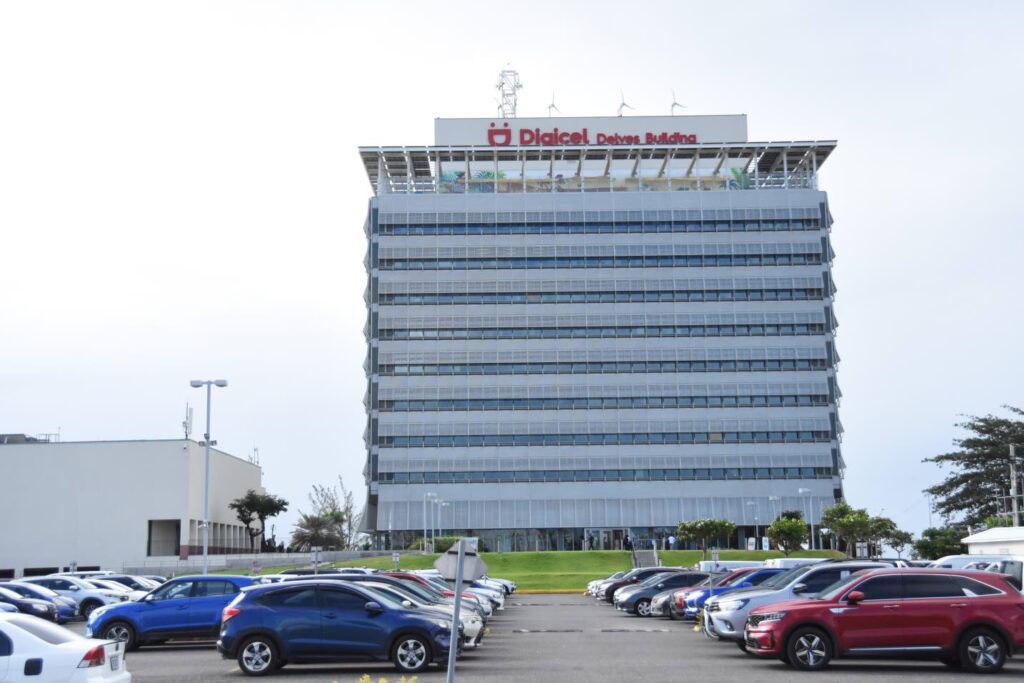Rochester could have another shot to witness the northern lights in early June, when the massive sunspot responsible for May’s spectacular aurora again faces earth.
The aurora, light seen in the night sky from electrons from space colliding with earth’s upper atmosphere, is caused by interactions between solar wind from the sun and the planet’s magnetic field. Geomagnetic storms, like the ones in May, can cause the aurora to be brighter and seen further from the poles.
The sun rotates on its axis about once every 27 days, according to NASA. This rotation means features on our star’s surface, including sunspots, are not always facing earth. The optimal dates for the earth to be in line with these displays is June 4 to June 6.
Sunspots can trigger coronal mass ejections, which are large eruptions of plasma and magnetic field from the sun’s outer atmosphere, known as the corona. When earth is in the line of a coronal mass ejection, as in May, it can cause a spectacular and wide-ranging Northern Lights display.
Another aspect that could enhance aurora viewing on June 6 will be the new moon, taking a major light source out of the sky for anyone looking to view or photograph the phenomenon.
Space weather: Solar flares cause stunning Northern Lights in US
Strong solar flares hurled plasma at Earth, causing amazing auroras. These storms are rare, but thanks to space weather tracking, impacts are minimal.
Reuters
The May display of the aurora borealis didn’t just reach Rochester, but regions as far south as California and the Southeast.
Like any celestial event, however, viewing opportunities will depend on the weather and the too-early local forecast for June 6 from AccuWeather calls for “considerable cloudiness,” a high probability of rain and a chance for thunderstorms.
More: NASA’s ‘Meteor Guy’ explains the meteor showers coming in 2024
More: Severe solar activity made northern lights visible in Rochester. What to know
Opportunities for viewing the northern lights should be more common as solar maximum, anticipated in July 2025, approaches. Solar activity is on a roughly 11-year cycle, with a peak every 5.5 years.
Higher solar activity means more sunspots, more solar flares and more opportunities for aurora sightings outside the Arctic Circle.
For more information on space weather conditions and aurora forecast, visit NOAA’s Space Weather Prediction Center at swpc.noaa.gov.

Daisy Hips is a science communicator who brings the wonders of the natural world to readers. Her articles explore breakthroughs in various scientific disciplines, from space exploration to environmental conservation. Daisy is also an advocate for science education and enjoys stargazing in her spare time.



/cdn.vox-cdn.com/uploads/chorus_asset/file/24774110/STK156_Instagram_threads_1.jpg)




